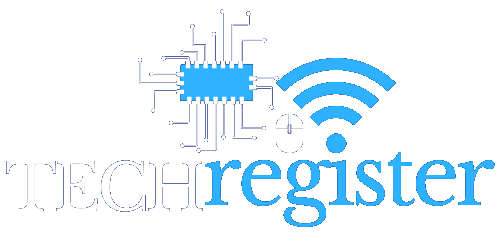
Second, integrate quality checks into your pipeline. Static analysis, linting, and security scanning should be non-negotiable parts of continuous integration whenever AI code is introduced. Many continuous integration/continuous delivery (CI/CD) tools (Jenkins, GitHub Actions, GitLab CI, etc.) can run suites like SonarQube, ESLint, Bandit, or Snyk on each commit. Enable those checks for all code, especially AI-generated snippets, to catch bugs early. As Sonar’s motto suggests, ensure “all code, regardless of origin, meets quality and security standards” before it merges.
Third, as covered above, you should start leveraging AI for testing, not just coding. AI can help write unit tests or even generate test data. For example, GitHub Copilot can assist in drafting unit tests for functions, and dedicated tools like Diffblue Cover can bulk-generate tests for legacy code. This saves time and also forces AI-generated code to prove itself. Adopt a mindset of “trust, but verify.” If the AI writes a function, have it also supply a handful of test cases, then run them automatically.
Fourth, if your organization hasn’t already, create a policy on how developers should (and shouldn’t) use AI coding tools. Define acceptable use cases (boilerplate generation, examples) and forbidden ones (handling sensitive logic or secrets). Encourage developers to label or comment AI-generated code in pull requests. This helps reviewers know where extra scrutiny is needed. Also, consider licensing implications; make sure any AI-derived code complies with your code licensing policies to avoid legal headaches.












